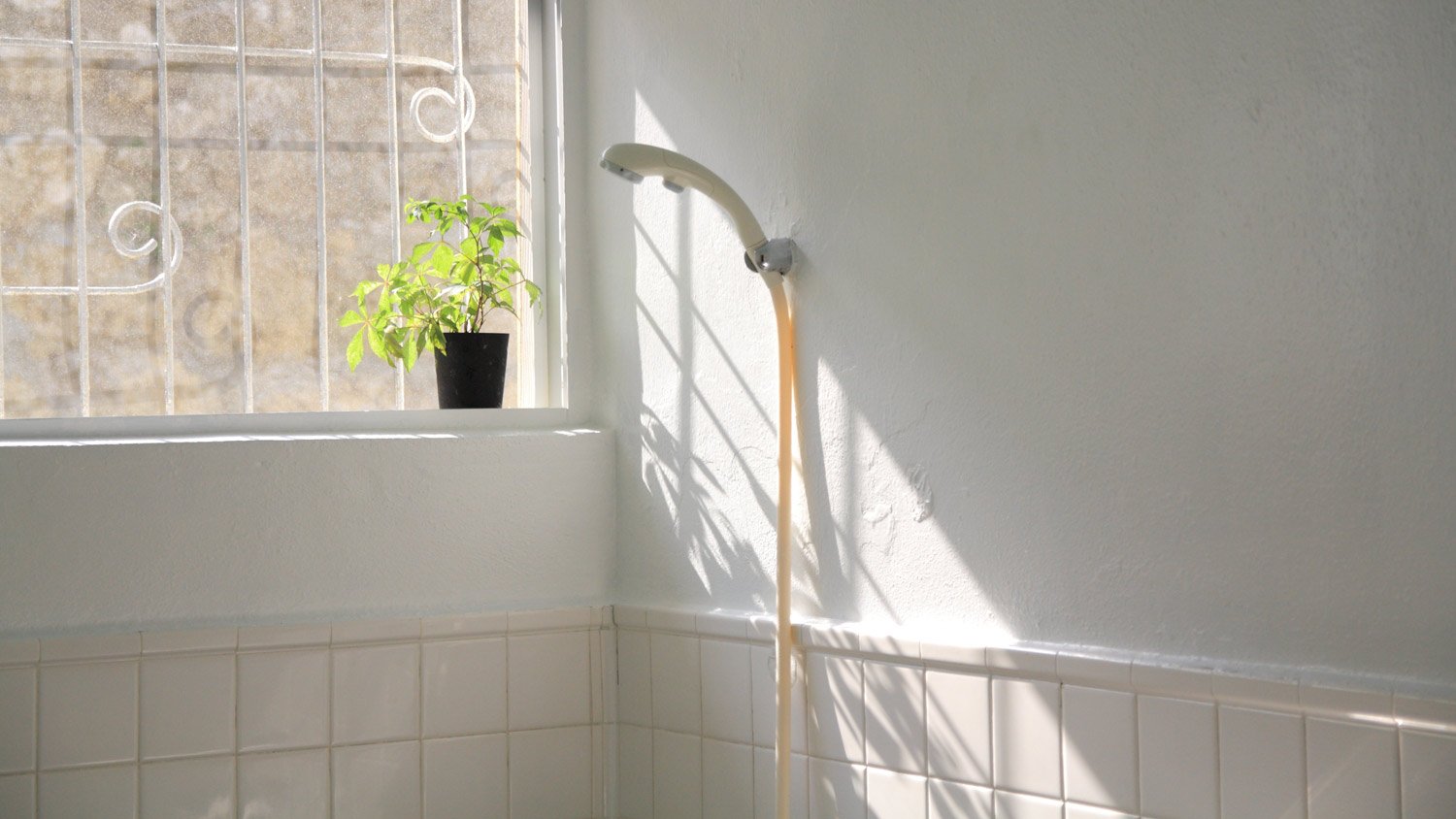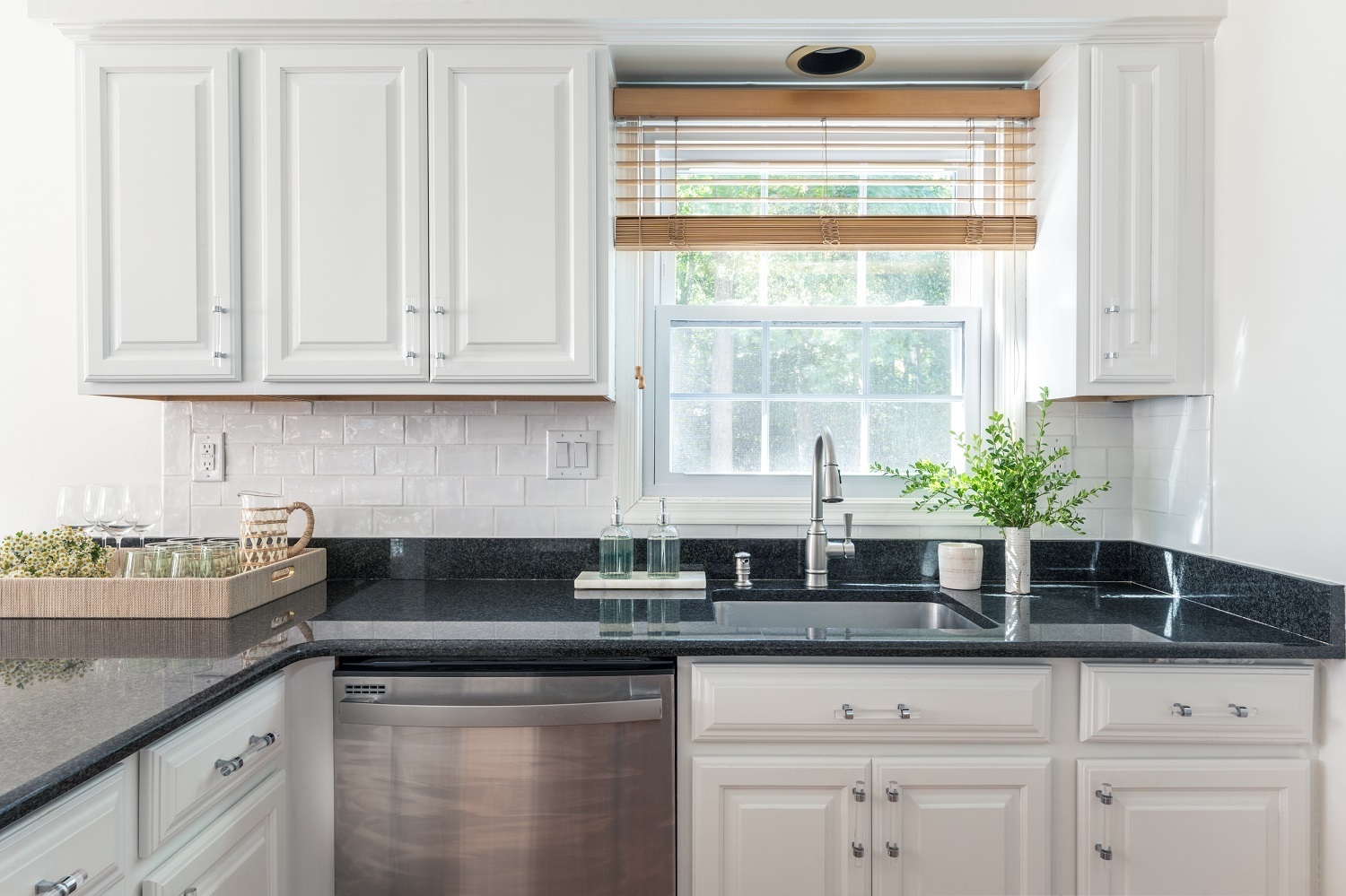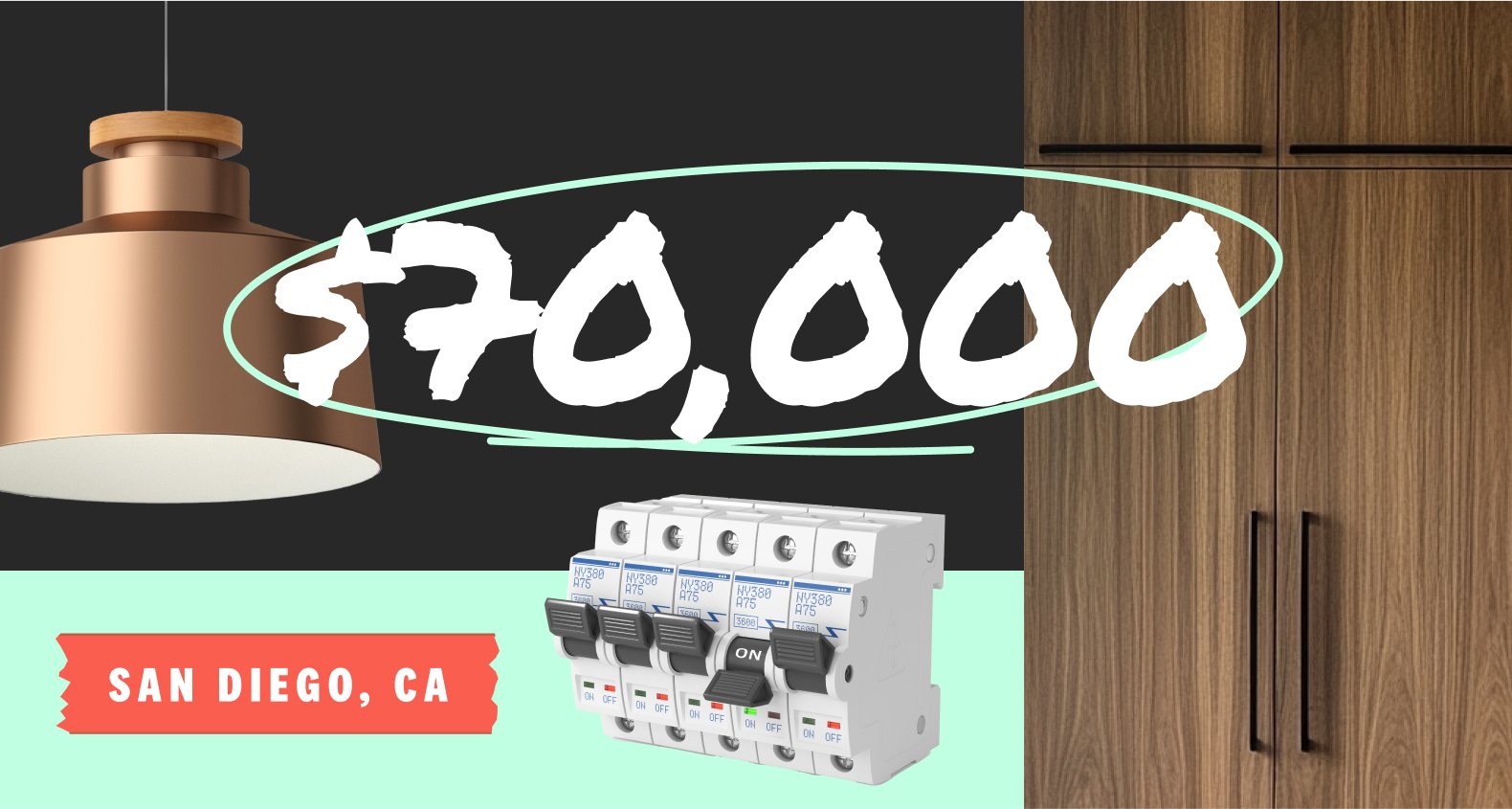How to Choose the Best Showerhead
The right showerhead can make showering your new favorite hobby


A new showerhead can transform your bathroom experience. Learn how to choose the best showerhead by focusing on the features that matter most to you, including massage settings, pressure knobs, and even LED lights. Even without the bells and whistles, a solid showerhead will keep water volume in mind, which can save you money in the long run.
Things to Consider Before Choosing a New Showerhead
Not everyone can afford their dream bathroom renovation, but sometimes the most impactful upgrades are the simplest to make. Replacing your showerhead can completely change your relationship with your bathroom. Remember that dribbly, un-adjustable showerhead from your first apartment? Think again.
Whether you’re looking for a quick upgrade or doing a complete renovation, the best showerheads focus on maximizing comfort and relaxation while minimizing water costs. Before you splurge, you should consider:
Water pressure: Not all showerheads offer equal water pressure. You may like rain showerheads, but they’re notorious for low pressure. In contrast, there are lots of showerheads specifically designed to maximize water pressure.
Features: Different features include spray modes, massage settings, adjustable angles, decorative LED lights, and hard water-busting technology. The sky (or bathroom ceiling) is the limit.
Your lifestyle: Versatility may be important. Some showerheads are better suited for families with children, people who sit when they bathe, and those who typically need to adjust a showerhead’s height.
Your existing hardware: You’ll probably want to match your new showerhead to your existing hardware.
The space: Showerheads come in different sizes. What works in a large en suite may not work in a tiny guest bathroom shower.
Installation: Are you going to DIY the project or hire a professional? Make sure whatever you choose works within your budget.
Types of Showerheads
Most homeowners aren’t tuned in to how many showerheads are on the market. Gone are the days of a couple of basic options. Showering is now a fully customizable experience—you just need to know what’s out there. Some of the most popular types of showerheads are as follows.
Stationary (Fixed) Showerheads
Stationary showerheads, also known as fixed showerheads, are what most people think of when they think of taking a shower. These are attached to a shower wall using a short piece of metal tubing. Some stationary showerheads are adjustable, allowing you to change the angle of the water stream. Others are not.
Pros: Stationary showerheads are the most affordable option and the easiest showerhead to install. The basic model costs around $20. A slight upgrade to a higher quality finish or multi-functionality will run you a little bit more.
Cons: Some models can’t be adjusted, meaning you’re stuck with whatever water flow you get.
Handheld Showerheads

Handheld showerheads are far more versatile than fixed. These showerheads are attached to a long arm that can be removed from the wall. As such, they’re the preferred option for those who have limited mobility or take seated showers. They also work well for families who have children and pets.
Pros: Handheld showerheads offer more control and versatility.
Cons: They’re a bit more expensive than a fixed showerhead at $30 to $150 for a basic model.
Dual Showerheads
Dual showerheads are often considered a luxury fixture in the shower world. This shower system includes multiple showerheads, typically operated by a lever. You can mix and match, opting for a fixed head and a rain shower or any combination. These systems also let you use a valve to operate one showerhead at a time.
Pros: You get water from different angles and can customize the type of stream.
Cons: This type of system may not be suitable for a small shower. The price also adds up. Dual single spray showerheads are more affordable than a series of rain showerheads. On the high end, dual showerheads can cost upwards of $1,000.
Slide Bar Showerheads
Slide bar showerheads are another versatile option. These operate on an adjustable, vertical bar. Simply slide the bar up or down to adjust the showerhead’s height.
Pros: The versatility suits families of varying heights and ages. It’s also great for people who want to shower without getting their hair wet.
Cons: This type of showerhead needs more space than a traditional fixed showerhead.
Rain Showerheads

Rain showerheads have recently become very trendy in the world of bathroom remodels. These oversized, flat showerheads are just what they sound like—they’re meant to feel like you’re taking a shower in the rain.
Pros: Rain showerheads cover a larger surface area of your body while using the same amount of water as a fixed showerhead. It’s a great option for people who don’t have space for a dual system.
Cons: Rain showerheads have notoriously lower water pressure.
Body Spas
Body spas are a type of luxury showerhead. They come loaded with features, including jet sprays and misting settings. This type of shower upgrade offers massaging sprays and full-body coverage. Essentially, body spas are the jacuzzi of the shower world.
Pros: You’re essentially transforming your shower into a mini spa with custom water pressure. In addition, many body spa options help reduce water usage and can operate as handheld showerheads.
Cons: These luxury fixtures are a larger investment, and they may require special installation that’s well beyond the basic DIY.
What You Need To Know About Water Pressure

Believe it or not, the most important part of a showerhead isn’t the showerhead itself. It’s not the water volume, either. It’s the water pressure. Nobody wants to bathe in a drizzle, but sometimes, that’s the annoying consequence of not knowing what to look for.
“People like to feel the pressure even more than they do the volume,” says Lon Libsack, owner of Shower and Bath Connection in Tempe, Ariz. “So I recommend that they get away from large rain heads and stick with 8-inch or smaller showerheads.”
How do you ensure that you’re buying a showerhead that will deliver the right water pressure? You test it.
Check Your Water Pressure Before You Buy
Most showerheads have water pressure that fluctuates between 40 and 60 pounds per square inch (psi). This isn’t a problem for a basic fixed showerhead, but things get dicey when you move into larger, high-volume options.
According to Doug Johnson, owner of Tubs & More Decorative Plumbing Showroom in Sunrise, Fla., these types of showerheads need 55 psi of water pressure. In other words: they’ll almost push your pipe’s capabilities to the max. You’ll have to check to see what your bathroom can handle.
To do this, pick up a water pressure tester from the hardware store. It screws right onto your shower arm. If the tester says your pressure is low, it could result from a leak, clog, or an old, narrow pipe. In some cases, you may also have a flow restrictor that limits your water usage.
Understand the Types of Spray Patterns Available
Along with picking the ideal type of showerhead, you should also look into the best type of spray pattern for you. Check out the various spray patterns available.
Wide
This spray setting is typically the default pattern for showerheads. Water sprays out consistently and constantly through each nozzle. If you enjoy the classic showerhead experience, this setting is perfect for you.
Targeted
Showerheads with targeted spray patterns have some nozzles with higher spray power than others. As its name suggests, this spray pattern allows you to target the high-powered nozzles when necessary.
Rinse
This type of spray setting is specifically for soaking purposes. The rinse spray pattern pours or drips water out of the showerhead’s central nozzles, allowing you to rinse at your own pace.
Pulsating
If you need some more variety in your shower spray, pulsating spray patterns are right for you. This setting shoots water out of the showerhead nozzles in alternating patterns, providing the same effect as massaging jets in a hot tub.
Consider Saving Money and the Environment
Even if you’re stuck with low water pressure, not all is lost. You can opt for a low-flow showerhead that needs less water. Though the average showerhead uses 2.5 gallons per minute (gpm), showerheads with EPA WaterSense certification use no more than 2 gpm. Couple this with aeration, and it could be a suitable fix.
According to the EPA, WaterSense certified showerheads save the average household 2,700 gallons a year. This translates to a lower electricity and water utility bill, so it helps you as much as it helps the environment.





- Bathroom Remodeling
- Kitchen Remodeling
- Shower Installation
- Stair Installers
- Bathtub Installation
- Shower Door Installers
- Kitchen Design
- Bathroom Design Companies
- Storm Shelter Builders
- Pre-Made Cabinets
- Kitchen Refacing
- Bathtub Replacement
- Ceiling Tile Installation
- Suspended Ceiling Companies
- Residential Designers
- Stair Builders
- Remodel Designers
- Shower Enclosures
- Home Renovations
- Kitchen Renovations
- Garage Remodeling
- Grab Bar Installation
- Walk-In Tub Installers
- Tub to Shower Conversion
- Balcony Contractors
- How to Increase the Water Pressure in Your Shower
- 17 Stunning Outdoor Shower Ideas and Designs
- 6 Tips for Converting Your Bathtub Into a Shower
- How to Install a Shower Using Direct-to-Stud Kits
- 9 Tips to Help Increase the Water Pressure in Your House
- 6 Temporary Fixes for Leaking Pipes
- 10 Most Common Plumbing Problems Every Homeowner Should Know
- How To Increase the Water Pressure From Your Well
- How To Get More Pressure From Your Well: Everything You Need To Know
- How to Choose a Water Line Size From Your Well to Your House










